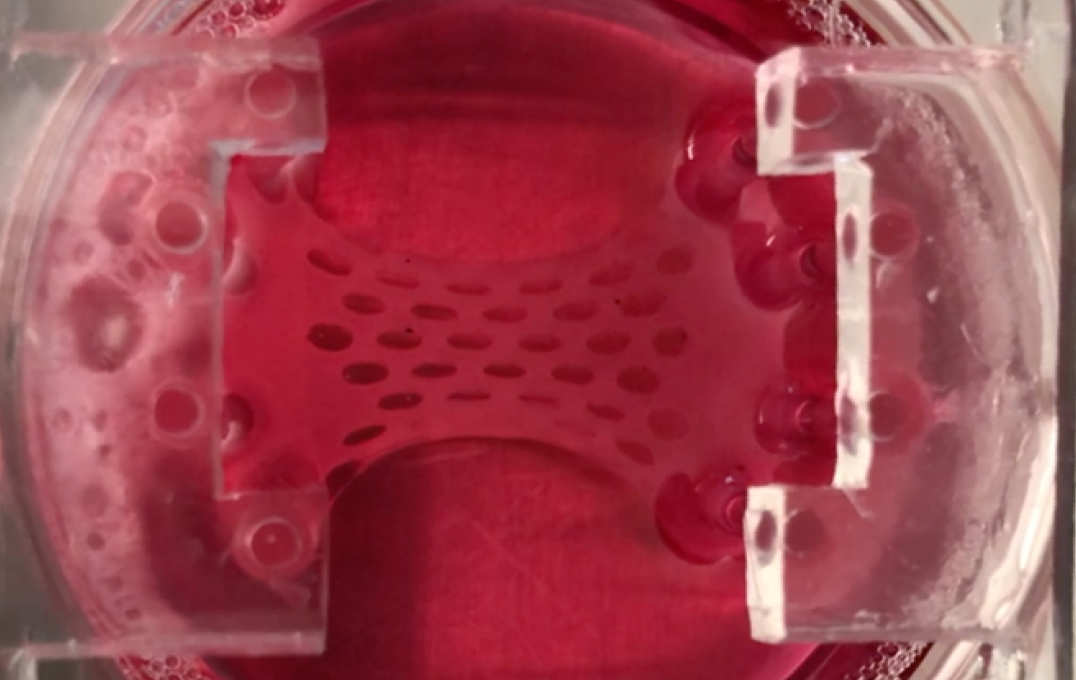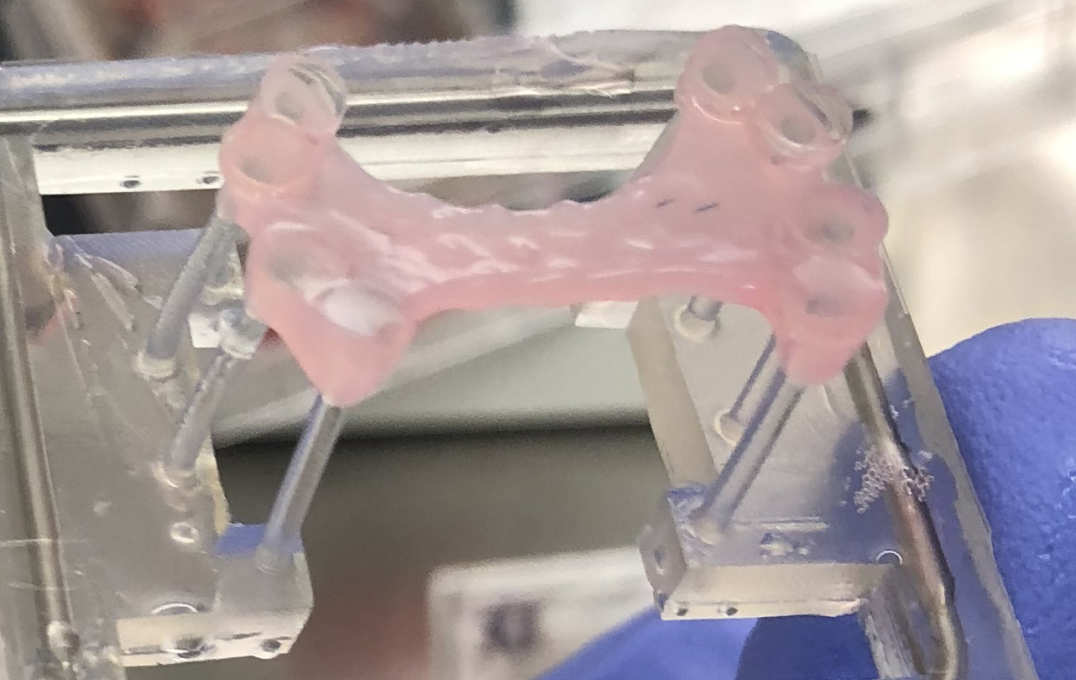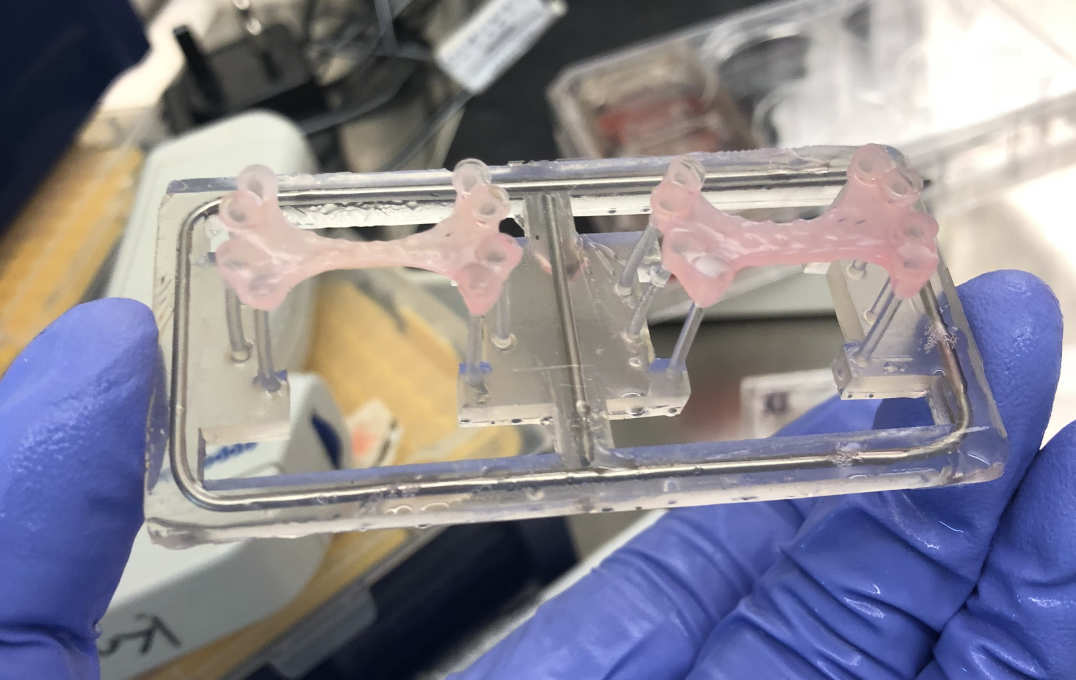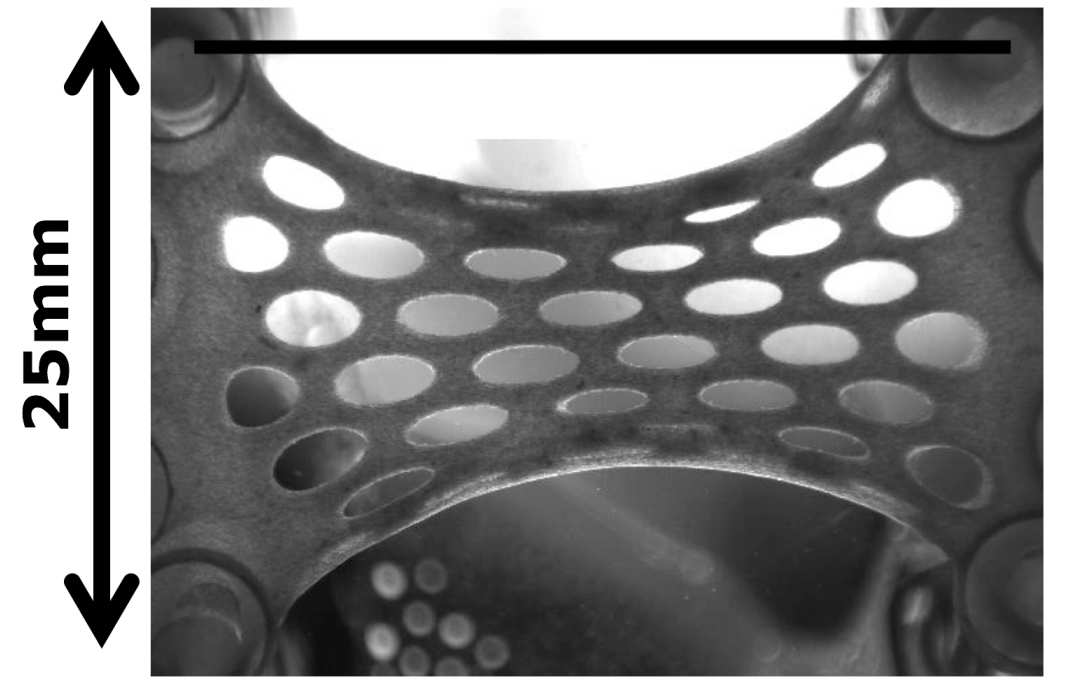

Dr Richard Jabbour’s mission is to fix broken hearts.
But he doesn’t dispense relationship advice or provide a shoulder to cry on – as no doubt many others will be doing this Valentine’s Day.
"We hope our heart patch could potentially repair the damaged heart muscle." Dr Richard Jabbour Researcher
Instead, he builds healing, pumping ‘patches’ in a small dish that can help to mend damaged heart tissue.
Dr Jabbour, a cardiologist and researcher, is part of a team investigating how to help heart attack survivors live longer, and better.
Based at the British Heart Foundation Cardiovascular Regenerative Medicine Centre, part of Imperial College London, the research team are building patches from human cells that can be ‘stuck’ onto a patient’s heart following heart attack.
Once in place the patches will not only provide structural support to the damaged heart muscle and help it pump more efficiently, but also release compounds that stimulate the heart cells to repair and regenerate.
More people are surviving heart attacks (which are triggered by a blockage in the blood vessels supplying the heart) than ever before explained Dr Jabbour.
“Over the last decade or so we’ve developed very good treatments for heart attack and today there are currently 1.3 million heart attack survivors living in the UK. However, increased heart attack survival means we now have more patients living with heart failure.”
Healing failing hearts
Heart failure is a long-term incurable condition, triggered by the muscle damage caused by the heart attack. Heart failure results in the heart not pumping blood around the body as effectively as it should. This triggers symptoms such as breathlessness and fatigue, which can becomes worse over time.
Dr Jabbour added: “We desperately need more treatments for this condition, as the current medicines we use fight the progression of the disease, rather than the disease itself. We hope that our heart patch could potentially repair the damaged muscle.”
The current patches are made from human lung cells that have been reverted to stem cells – the ‘master cells’ of the body which can develop into many different types of cell.
The team then re-programme these stem cells to become heart muscle cells, and grow them into a patch.
“Once the heart cells reach a certain point they spontaneously start beating together – it’s quite amazing to watch”, said Dr Thomas Owen, a post doc in Prof Sian Harding’s laboratory.
He added the patch can also be made from a patient’s own skin cells, which have been reprogrammed to be heart muscle cells. But the ultimate goal is to have a stock of pre-made patches compatible with all patients.
“The ideal scenario would be, in perhaps 10 years’ time, to have banks of these pumping patches from a universal donor cell line – rather like universal blood donors that can be used for anyone. Then if you have a patient with heart failure you’d prescribe medicines but you’d also prescribe one of these patches, which you could use straight from the shelf and implant into a patient.”
Patient trials on the horizon
The team are testing the patches on animal models, with promising results.

They hope to start initial patient trials in two to three years’ time, and are exploring minimally invasive ways of applying the patch.
Professor Sian Harding, Head of the British Heart Foundation Cardiovascular Regenerative Medicine Centre, added: “This work, and other ongoing work into repairing failing hearts and saving lives, is only possible with the support of the British Heart Foundation, and collaborations with other leading heart centres across Europe.”
Supporters

Article text (excluding photos or graphics) © Imperial College London.
Photos and graphics subject to third party copyright used with permission or © Imperial College London.
Reporter
Kate Wighton
Communications Division

Contact details
Email: press.office@imperial.ac.uk
Show all stories by this author









Leave a comment
Your comment may be published, displaying your name as you provide it, unless you request otherwise. Your contact details will never be published.